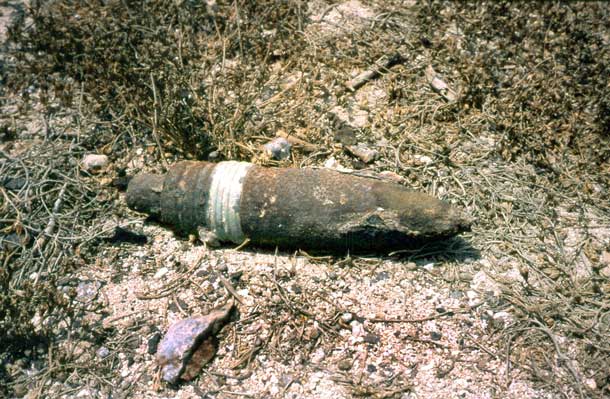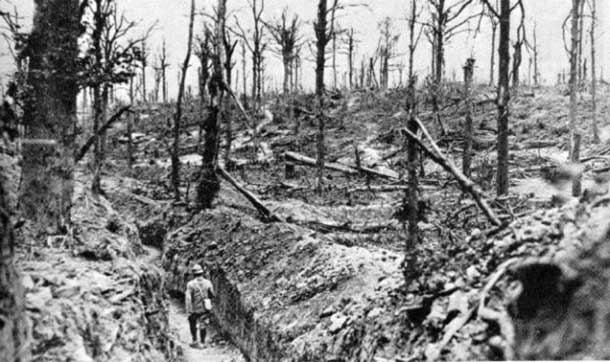

War Dangers Continue to Present Day
PARIS – NEWS – Artillery shells fired off in World War One and Two are still deadly. Detonation experts say shells from World War One along the French countryside could still explode — even one hundred years later.
As the Anniversary of the start of World War One is being remembered, there is a legacy from the war that lingers on even now.
Bomb clearance specialist Guy Momper states, “If you have a million shells falling — besides all those that fell after — the soil’s upheaval necessarily buried a large part of those which did not explode.”
They say it could take one hundred years or more to clear this area in northeastern France. Locals have come across countless shells themselves.
Roland Dabit stated, “This is nothing, this is nothing. I can’t tell you how many I find sometimes. Even in the forest. How many are there in the forest? How many? Believe me when we go mushroom picking, I see a hundred shells.”
The Metz center specializes in the removal and detonation shells, grenades and mortars from a century ago.

In Canada the Canadian Armed Forces call unexploded ordinance UXO. Not only is some of those artillery rounds in battlegrounds around the world, they are also in areas where the military trained. “UXO does not look like it did when it was first made. It will have been in the dirt or water for many years so it will likely look old and corroded. It may be missing parts so it could look like a piece of old pipe, an old car muffler, a pop can, or just small pieces of corroded metal. It is usually not lying neatly on the ground or underwater – it is usually partly exposed or completely buried.
Many people think that UXO are not dangerous because they have been there for many decades. In fact, an UXO can become more unstable and more dangerous over time. Simply touching or moving it could cause it to explode.
FILES: DAILY MOTION / REUTERS / WIKIPEDIA
